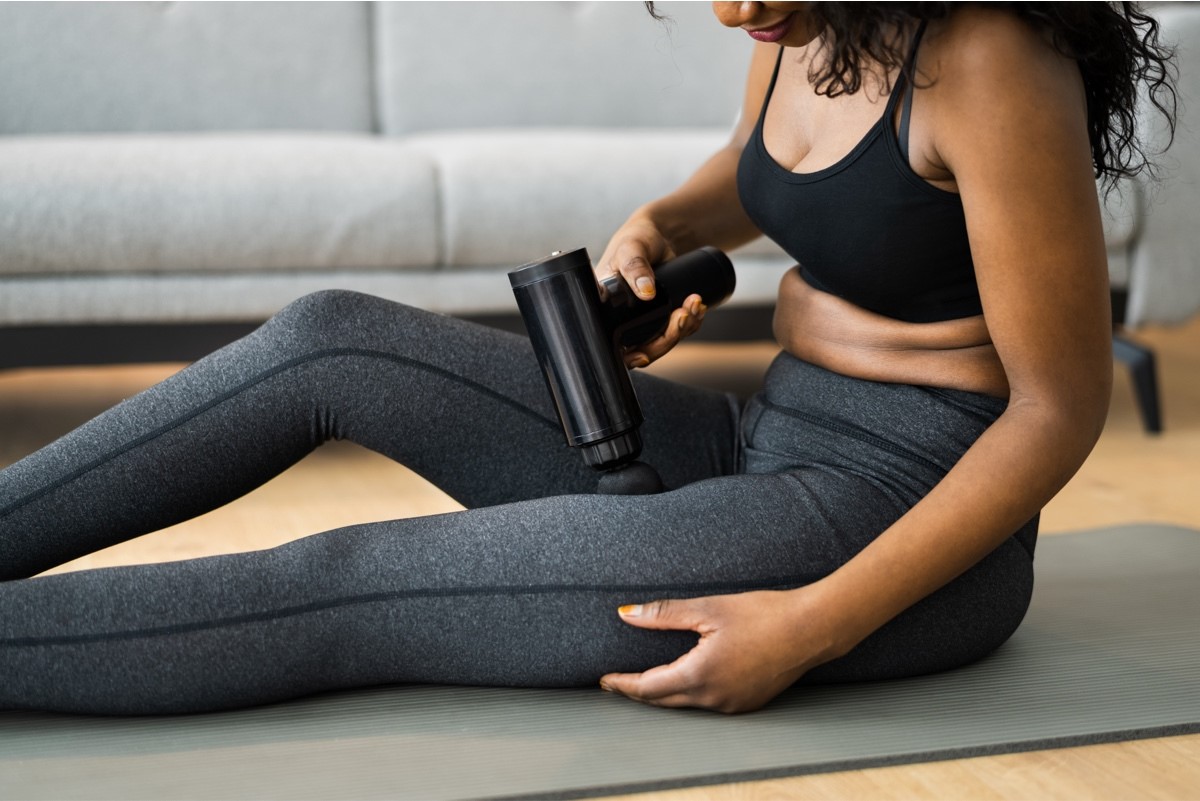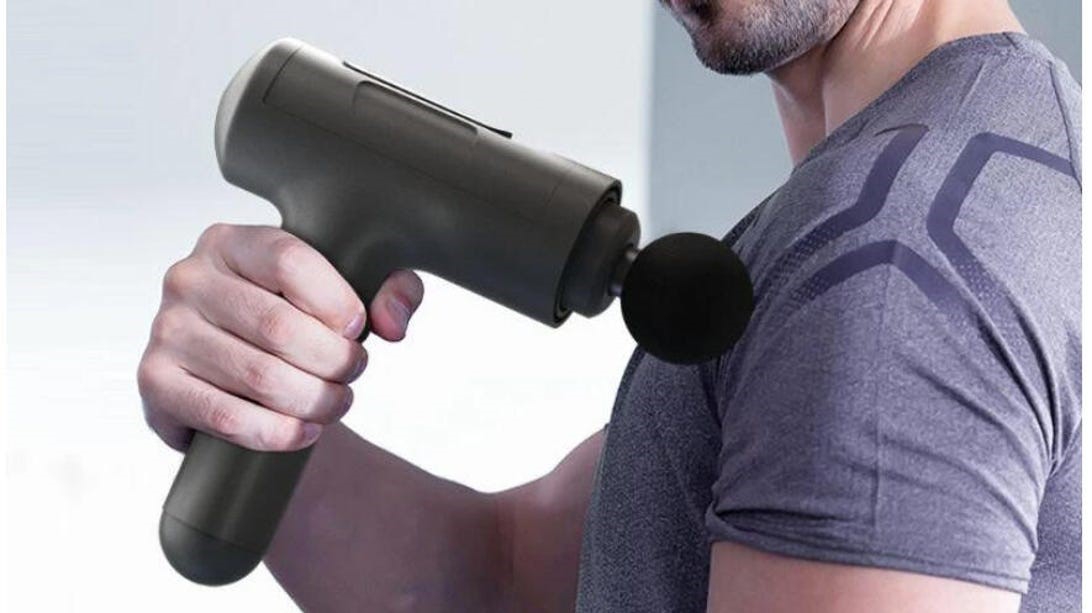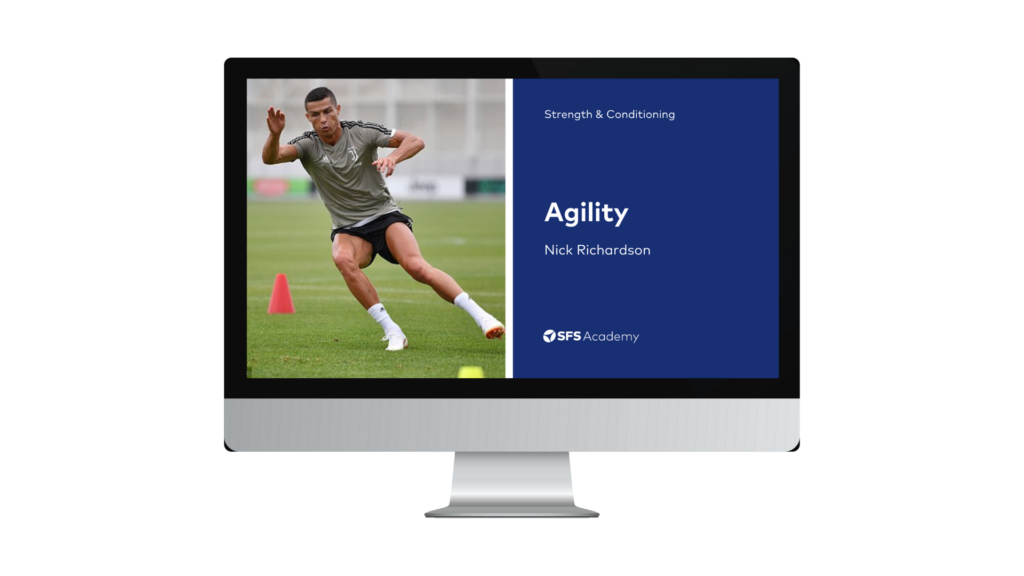Contents
- Introduction
- What is a massage gun?
- Do massage guns work?
- Benefits of using a massage gun
- Side effects of using a massage gun
- Can you use it every day?
- How to use a massage gun?
- Which massage gun to purchase?
- Conclusion
Introduction
Vibration and pressure therapy has been used for health benefits for a considerable amount of time (1), in a variety of forms, with the idea of using a device to apply such targeted methods first came to prominence in the 1950s (2). Since then, a greater variety of tools have been produced to apply a variety of pressure to musculature, notably the foam roller (3), and with ever-increasing commonality, the massage gun.
What is a massage gun?
A massage gun is a handheld, portable device that resembles a power drill and comes with a range of attachments. When applied (and through the attachments), the massage gun applies pressure to the target area, thought to promote blood flow, reduce myofascial restriction and tension, alleviate pain and break up trigger points (4).

Do massage guns work?
baY-balance test calculatorResearch into the effects of massage guns typically centres around performance and recovery (5). The use of massage guns did lead to an increase of range of motion (ROM) (6) and flexibility (7), however, they appear to be less effective when improving strength is the goal, with massage guns actually resulting in a decrease in jump height (8). Massage guns appear ineffective in improving strength, balance, acceleration, agility, and explosive activities (5).
Vibration therapy as a whole-body tool does show promise for attenuating muscle soreness (13), although as the title suggests, this was based on whole-body massage rather than targeted to the level of a massage gun. However, including massage guns as part of a structured warm-up was suggested to reduce perceived muscle soreness as well as increase range of motion, with no negative impact on muscle activation and force output (9).
Side effects of using a massage gun
Massage guns do not come without their potential side effects, typically as a result of overuse in terms of frequency or intensity. Indeed, one case study highlighted a case of rhabdomyolysis (the breakdown of muscle tissue, potentially releasing harmful chemicals into the bloodstream) following the use of massage guns (10), muscle oedema (12) and other potentially adverse effects from massage therapy in general (11).
Can you use it every day?
Information on when to use a massage gun has not been widely investigated, but there may be different ideas based on the goal at that time (5). For recovery, evidence points to greater than 2 minutes per muscle group at low frequencies, whilst for range of motion improvements, brief application at higher frequencies may be more beneficial and it is recommended to avoid massage gun therapy before strength activities due to potentially negative effects on performance (5).
It may be tempting, especially if the massage gun delivers pain relief to an affected area, to rely on it or use it for longer than needed. However, spending more time on an area may become detrimental and have negative effects, especially those greater than 30 minutes (5).
How to use a massage gun
It is suggested that a massage gun should be used with “gentle pressure, using the ball-tip attachment, moving dynamically” over affected areas (5), so essentially not pressing too hard, and constantly moving over areas where the user may feel tightness. It’s important to let the massage gun do the work as opposed to pressing harder with the hope that “more is better” to avoid bruising and unnecessary tissue damage. Bony areas (knees, ankles, etc.) should be avoided, with a focus on the musculature around those joints, just like a massage professional or physical therapist would.
What is the best massage gun?
There are a huge number of different brands of massage gun. Whilst they all perform the same basic role, there is a range of prices, number of accessories, speeds, battery life, and even decibel level. Below are a selection of massage guns available on Amazon:
For the Pros
Theragun is perhaps the most well-known, with the elite model coming with 5 attachments, an LED screen and customisable speeds costing USD 399. The Theragun has an impressive range of features and users can pair it with the accompanying application to get step-by-step routines for individual needs.
The weekend warrior
The Hyperice Hypervolt Go 2 offers 3 speeds, is lightweight and super quiet. At USD 129.99 it offers significant performance and a 3-hour battery life, more than enough for numerous uses before recharging. As the partner with a number of professional sports teams and leagues, the Hyperice certainly has pedigree and with the ability to purchase more massage heads, gives the ability to tailor the massage gun to what works best for the individual.
The occasional user
For those looking into massage guns for the first time, it may be prudent to look at a model such as the Arboleaf Massage Gun which offers 6-10 hours of battery life, 8 massage heads and 20 speed levels in addition to low noise for USD 64.99.
Conclusion
Massage guns are, like a number of health and exercise tools throughout the years, currently trending. So, is it worth purchasing one? As ever, it is case by case! Level of athletic performance, current injury status, training age, schedule, stage of season or goals may all have an impact on whether to purchase and ultimately use a massage gun. Including one as a small part of an overall regimen, depending on outcome goals may prove useful.
- Cochrane, D. J. (2011). Good vibrations? – The use of vibration therapy for exercise recovery, injury prevention and rehabilitation. Physical Therapy Reviews, 16(6), 438–454. [Link]
- Comeaux, Z. (2011). Dynamic fascial release and the role of mechanical/vibrational assist devices in manual therapies. Journal of Bodywork and Movement Therapies, 15(1), 35–41. [Link]
- Ferreira, R. M., Martins, P. N., & Goncalves, R. S. (2022). Effects of Self-myofascial Release Instruments on Performance and Recovery: An Umbrella Review. International journal of exercise science, 15(3), 861–883. [Link]
- Cheatham, S. W., Baker, R.T., Behm, D.G., Stull, K., & Kolber, M.J. (2021) Mechanical percussion devices: A survey of practice patterns among healthcare professionals. International Journal of Sports Physical Therapy, 16(3), 766. [Link]
- Ferreira, R.M., Silva, R., Vigário, P., Martins, P.N., Casanova, F., Fernandes, R.J., & Sampaio, A.R. (2023). The Effects of Massage Guns on Performance and Recovery: A Systematic Review. J. Funct. Morphol. Kinesiol, 8; p. 138. [Link]
- Hernandez, F.A., Crussemeyer, J., Nakajima, M., & Valenzuela, K. (2020). Effects of Percussion Therapy (Theragun™) on Range of Motion and Athletic Performance. Medicine & Science in Sports & Exercise 53(8S):p 152. [Link]
- Alvarado, F., Valenzuela, K. A., Finn, A., Avila, E. L., Crussemeyer, J. A., & Nakajima, M. (2022). The Biomechanical Effects of Percussive Therapy Treatment on Jump Performance. International journal of exercise science, 15(1), 994–1006. [Link]
- Szymczyk, P., Węgrzynowicz, K., Trybulski, R., Spieszny, M., Ewertowska, P., Wilk, M., & Krzysztofik, M. (2022). Acute Effects of Percussive Massage Treatment on Drop Jump Performance and Achilles Tendon Stiffness. International Journal of Environmental Research and Public Health, 19(22):15187. [Link]
- Martin, J. (2021). A critical evaluation of percussion massage gun devices as a rehabilitation tool focusing on lower limb mobility: A literature review. University of Winchester. [Link]
- Chen, J., Zhang, F., Chen, H., & Pan, H. (2020). Rhabdomyolysis after the use of percussion massage gun: a case report. Physical Therapy, 101(1). [Link]
- Posadzki, P., & Ernst, E. (2013). The safety of massage therapy: an update of a systematic review. Focus on Alternative and Complementary Therapies, 18(1); p. 27-32. [Link]
- Roehmer, C., Khan, S., & Sherwood, D. (2022). Paracervical Muscle Edema after the use of High-Percussion Massage Gun. Neuromodulation, 25(4). [Link]
- Kosar, A. C., Candow, D. G., & Putland, J.- T. (2021). Potential Beneficial Effects of Whole-Body Vibration for Muscle Recovery After Exercise. Journal of Strength and Conditioning Research 26(10); p. 2907-2911. [Link]




